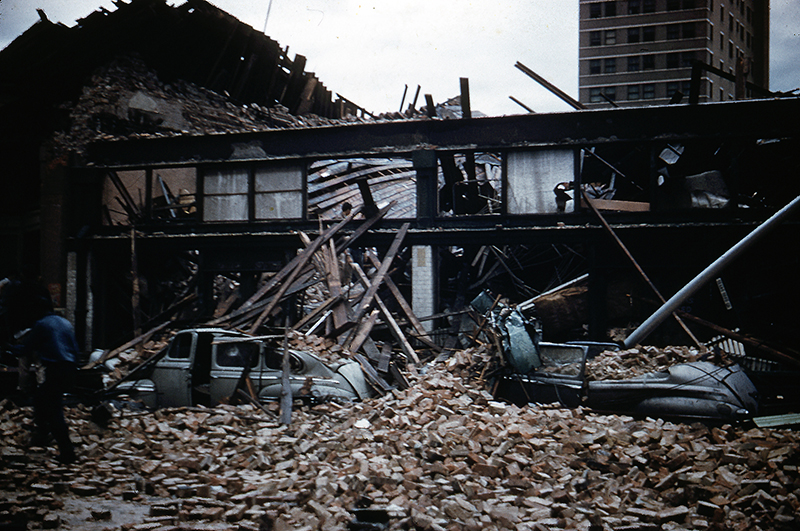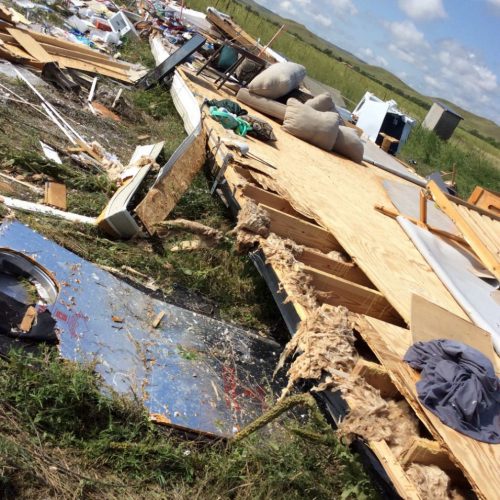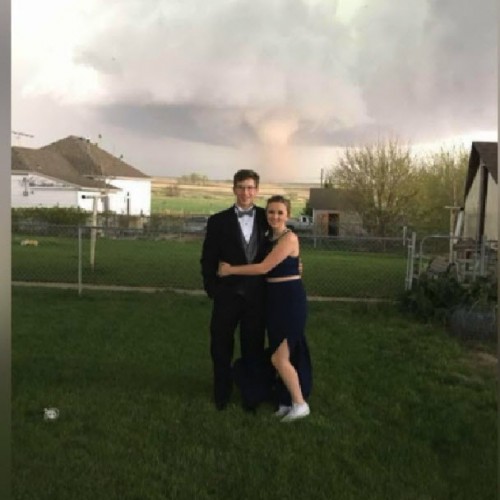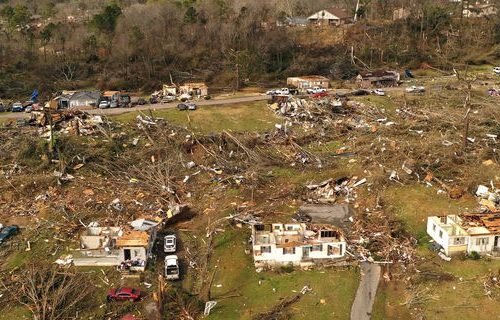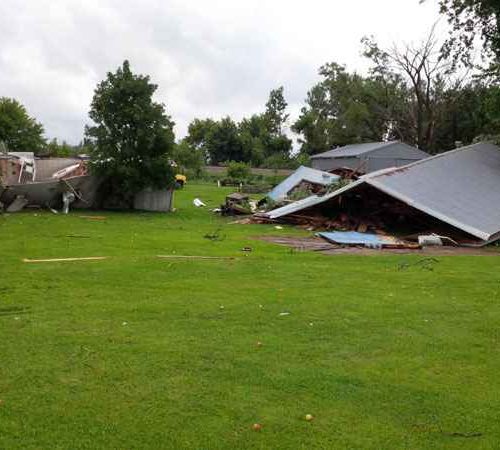On May 11, 1953, the deadliest tornado in Texas history struck Waco, Texas, a town whose residents believed it was impossible for tornadoes to reach. At the heart of this disaster was the building where Dr Pepper was first formulated.
The F5-rated tornado killed 144 people and injured 597 others as it struck the downtown area around 4 p.m., the end of the workday. The Storm Prediction Center rates F5 tornadoes as having estimated wind speeds from 261 to 318 mph. The power of these tornadoes is capable of causing incredible damage, from tearing church steeples off buildings to sweeping up and throwing automobile-sized objects.
To add to the danger, the width of the Waco tornado was approximately one third of a mile and wrapped in a rainstorm, making it difficult for people to see the tornado coming, according to the National Weather Service (NWS).
Over 600 homes and businesses were destroyed, and the then-Dr Pepper bottling plant sat among the 1,000 damaged.
Although the tornado did not directly hit the building, it still left a scar portrayed through lighter-colored bricks in the rebuilding efforts.
Historical accounts describe the morning hours of May 11, 1953, in central and eastern Texas as muggy and with early storms rolling through the area. According to the NWS, an F4 tornado had touched down earlier in the day around San Angelo, killing 13 and injuring 153.
Bill Little had worked at the Dr Pepper plant the day the tornado had hit, according to the Dr Pepper Museum. He recalled the roaring of the wind and crashing of lightning as the tornado struck the Waco plant.
“Numerous cases of Dr Pepper were sucked out of the plant as the huge roll down doors were as Kleenex being crushed within one’s hand,” Little recalled the power of the tornado. “The boxcars were turned over and sugar was scattered over a wide area. The building groaned as it took the full force of the storm.”
“As suddenly as the tornado hit, it moved away from us. The terrible roaring sounds ceased and the crying and screams of the survivors could be heard along with the sounds of car horns and emergency vehicles,” Little said.
He attributes his and some of his co-workers’ survival to the steel and concrete of the building.
The residents of Waco, Texas, hadn’t expected a tornado to touch down in their town. Even with a tornado warning from the NWS, the residents disregarded the possibility, according to the Texas Department of Public Safety.
Firsthand accounts recall a Huaco Native American legend that the area was safe from tornadoes due to its location in the geological recess of hills and bluffs, the Houston Chronicle reports.
The 1953 Waco tornado outbreak proved otherwise.
The NWS lists the Waco tornado as the deadliest tornado in Texas history. In fatalities, it ties with the Goliad tornado in 1902, which also killed 144 people. However, the Waco tornado earns its title due to the 597 injured compared to the Goliad’s 250 injured. The Waco tornado stands as the 11th deadliest in U.S. history.
As a result of the disaster, Texas A&M University and the NWS, then called the United States Weather Bureau, organized a conference to discuss tornado warning procedures and weather radar. The conference lead to improved communications between agencies, an early version of the SKYWARN storm spotter program and a national radar network, according to the NWS.
by Adriana Navarro (2019, May 10) AccuWeather

